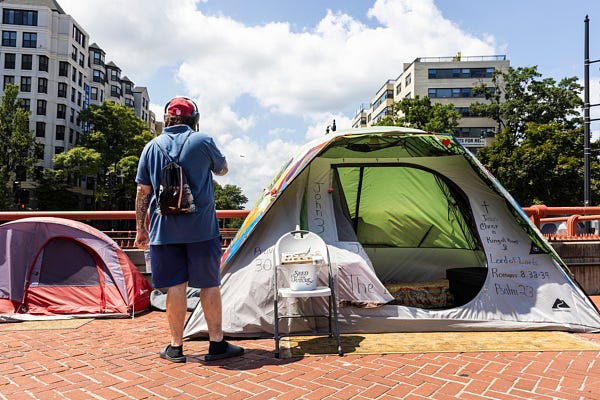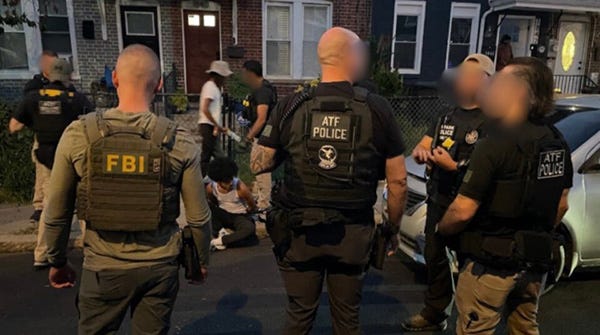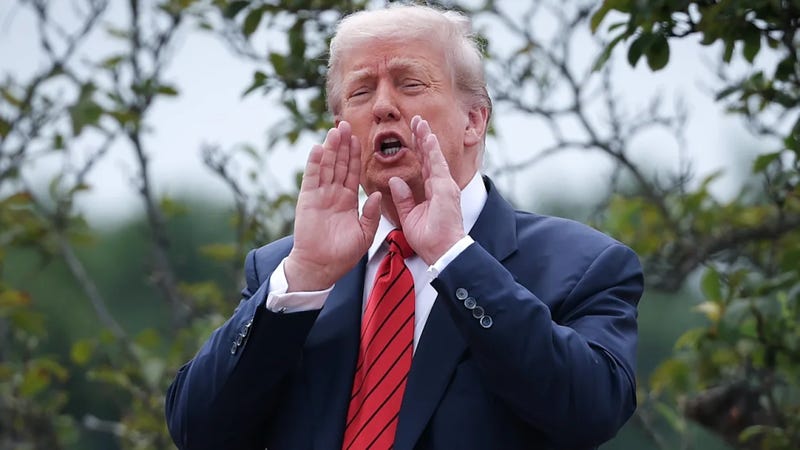Washington’s Homeless Crackdown vs. China’s Aid Model
One clears the streets with troops. The other runs a legal aid system. What does that say about governance priorities?
On August 11, U.S. President Donald Trump declared a “public safety emergency,” invoking the emergency provisions of the Home Rule Act to take temporary control of the D.C. Metropolitan Police Department and deploy around 800 National Guard troops. He has repeatedly said all homeless individuals should be “removed” from the streets of the capital.
After the announcement, federal agencies including the FBI, DEA, ICE, and ATF entered neighborhoods and homeless encampments, ordering people to leave within a set deadline.
No relocation or housing plan has been announced. It is unclear where these people will be taken. Homeless advocates warn of mass displacement, and several organizations have called the move political theater rather than a real solution.
The Responsibility to Rehouse
When dealing with vulnerable people, the key question for any government is whether to focus on “removal” or “rehousing.” In this case, the U.S. approach has been to push people out without offering a clear plan for shelter, services, or job placement. That risks moving the problem from one place to another rather than solving it.
In China, the Measures for the Administration of Aid to Vagrants and Beggars with No Means of Support in Cities created a formal voluntary assistance system. Aid centers provide temporary shelter, food, clothing, medical care, and transportation help to get people back to their hometowns or reunited with family. On paper, this framework puts reintegration first.
Balancing Security and Human Rights
The U.S. action puts law-and-order optics first, with police and military directly handling street populations. It may improve feelings of safety in the short term, but it risks forcing vulnerable people into deeper instability without tackling the causes of homelessness.
China’s legal framework emphasizes assistance over punishment. Aid centers not only give immediate necessities but also coordinate with hospitals or mental health services when needed.
Political Motivations
In the U.S., large-scale and militarized public safety operations often have a political angle. For Trump, this could reinforce his image as a tough-on-crime leader during an election cycle.
In China, assistance and reemployment programs are part of regular social policy. Local civil affairs and human resources departments work to reduce chronic street homelessness and help people re-enter the workforce when possible.
China’s Assistance and Reemployment Model
Legal Framework: Measures for the Administration of Aid to Vagrants and Beggars with No Means of Support in Cities.
Key Measures:
Temporary Shelter and Basic Needs: Accommodation, meals, clothing.
Medical and Psychological Care: Referrals to hospitals or mental health facilities when necessary.
Return Assistance: Travel subsidies and family contact for those who want to go home.
Skills Training and Subsidies:
Shenyang: Order-based training tied directly to employer needs.
Wuhan: Skill-level subsidies up to 2,000 yuan.
Shaanxi: Guaranteed employment programs linking training to job placement.
This creates a chain from emergency relief to long-term reintegration.
Comparative Analysis
Execution: China’s system centers on social services. The U.S. case centers on militarized removal.
Long-Term Effect: China provides structured housing and training support. The U.S. currently lacks a reintegration path.
Public Perception: A structured assistance model is more likely to be seen positively. Displacement without housing is more likely to be seen as neglecting human rights.
Conclusion
Washington’s homeless crackdown shows two very different approaches to governance. One uses police and troops for fast street clearance. The other builds a legal and service system aimed at reintegration. Balancing safety and dignity comes down to whether a government is willing to take long-term responsibility.
History shows that state violence almost always starts with those at the bottom, the poor, the marginalized, the ones without a voice. Once that becomes normal, it is only a matter of time before the same methods are used on anyone the government decides is a problem.



